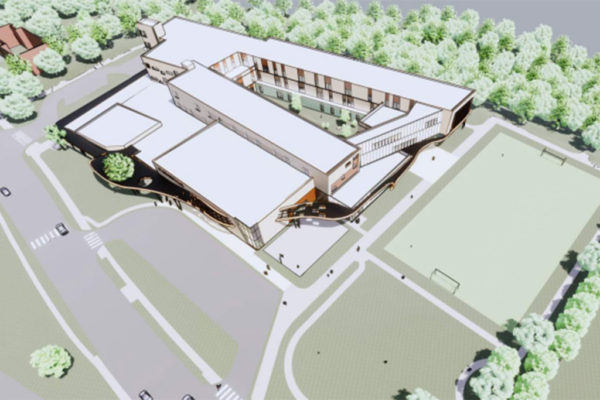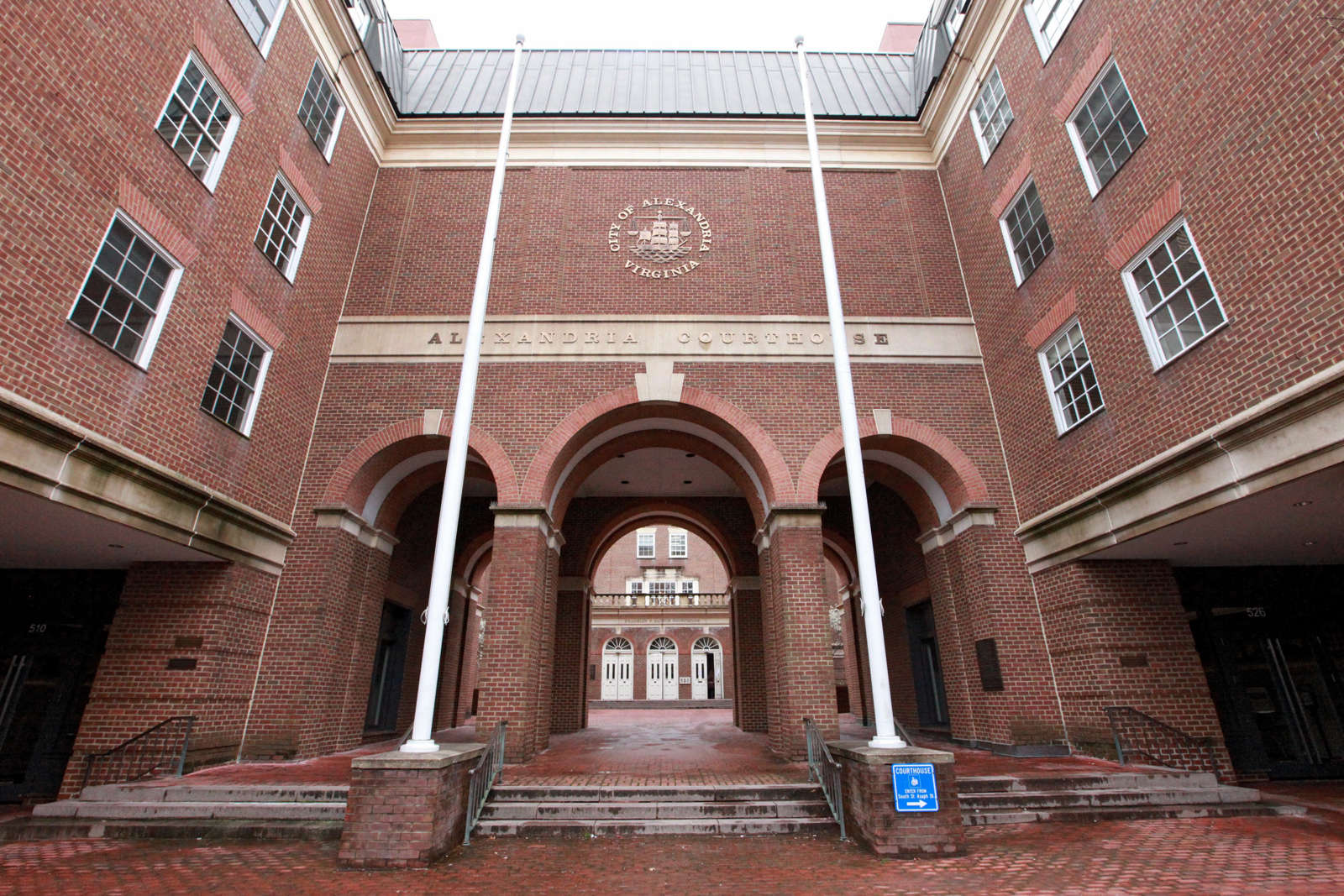(Updated 10:50 p.m.) When the City of Alexandria builds new schools, a new ordinance change (Item 9) could mean they’re a little larger than they used to be.
A new ordinance proposed for the Tuesday (September 1) Planning Commission meeting would “streamline and modernize the zoning regulations,” according to a staff report.
“School enrollment has been growing significantly over the last couple of years and is expected to continue to grow in the foreseeable future,” staff said in the report. “Since 2007, ACPS has faced rapid increases in enrollment and projects continued growth in its student population through FY 2029 — reaching over 18,000 students by that time.”
The update coincides with ACPS’ modernization plan to address capacity issues and aging facilities, including potential rebuilds like the Douglas MacArthur Elementary redevelopment up for review at the same meeting. The proposed MacArthur redevelopment is planned for 0.6 Floor Area Ratio (FAR). The new ordinance allows that level of density by-right — meaning no special permits are required — and an increase above 0.6 FAR with a special use permit (SUP). Building height remains unchanged, however, at a 60 foot limit.
“ACPS is limited as to where new schools can be built due to the cost to purchase additional property and limited inventory of properties that are large enough to accommodate a new school,” the report said. “For these reasons ACPS is focusing on redeveloping the properties they own and, in some cases, increasing capacity by replacing older schools with larger new ones.”
The school system has, out of necessity, moved towards more unconventional school locations like the new Ferdinand T. Day Elementary School build in a former office building. ACPS has also been pushed by the city government to co-locate facilities like affordable housing at school sites, similar to how a new fire station in Potomac Yard was built alongside affordable housing.
City spokesperson Craig Fifer said the added density is unconnected to the discussion around co-locating housing.
“This has nothing to do with housing on school sites at all,” Fifer said. “It is a relatively simple change to an existing ordinance that should not have broader policy implications except to account for the fact that replacement schools may need to be a little larger than anticipated 30 years ago when that ordinance was last changed.”
The proposed change has received some pushback, however. A letter from Chuck Kent, President of the North Ridge Citizens’ Association, argued that the elimination of the SUP process for larger schools in neighborhoods undermines the purpose of the zoning ordinance. Kent also said in the letter that the elimination of the mandatory maximum on the floor to area ratio of schools in residential neighborhoods represented a “radical and unsound departure from the city’s well-established zoning rules.”
According to Kent:
The City has not offered a sound justification for removing the critical protections now afforded by Section 7-2100. It promotes compliance with our land use plans to preserve community open space, to save our remnant forests and to protect the character of low-density residential neighborhoods. The City does not need to eliminate any maximum on the floor to area ratio of City schools. Other buildings in the City remain subject to a maximum FAR. Schools should be, too. The City also does not need to abrogate the current requirement for public SUP hearings and approvals when ACPS wants to build schools with a much higher FAR than any other buildings in existing surrounds. The SUP process imposes important constraints on the design process, it has worked well and it should be retained for large deviations from neighborhood density – whether attributable to increased height or to FAR. ACPS modernization projects can be achieved under the existing framework, or with modest changes to maximum FAR in Section 7-2100. We accordingly urge the Commission to reject the proposed amendment.
After the Planning Commission review, the proposed ordinance is scheduled for a public hearing by the City Council on Sept. 12.
Recent Stories

Good news, D.C. area. You can save money on your next home cleaning with Well-Paid Maids. It’s easy!
We offer a discount when you set up recurring cleans — and the discounts just increased this week!
For weekly cleans, get $30 off each cleaning.

Potomac Harmony is Back! Following a gap year of competing, then virtual rehearsals during the pandemic, followed by the well-earned retirement of our long-term director, a year of a director search, Potomac Harmony hit the regional contest stage in Concord, North Carolina in March for the first time since 2018! It was exhilarating, reaffirming, and rewarding!
The chorus hit all of its goals, the biggest of which was to have fun and sing our best on contest stage — we did both! Because we earned a score over 400 points, our new Director, Allison Lynskey, was awarded the Novice Director award, photo above. Additionally, one of our charter members, Jackie Bottash, was nominated for and honored with the Leadership Excellence award. It was a celebratory weekend!
What’s next? So much! We now look forward to upcoming performances, growing our membership, and expanding our musical product with new arrangements and an education component each week. It’s an exciting time to be part of this ever-growing ensemble!
Alexandria NAACP, Shiloh Baptist Church, DPC to hold City Council…
The Alexandria Branch of the NAACP, Shiloh Baptist Church, and The Departmental Progressive Club to hold the City Council Candidate Forum for ALL Candidates in the City of Alexandria Virginia. The event is Free of Charge and Open to The







